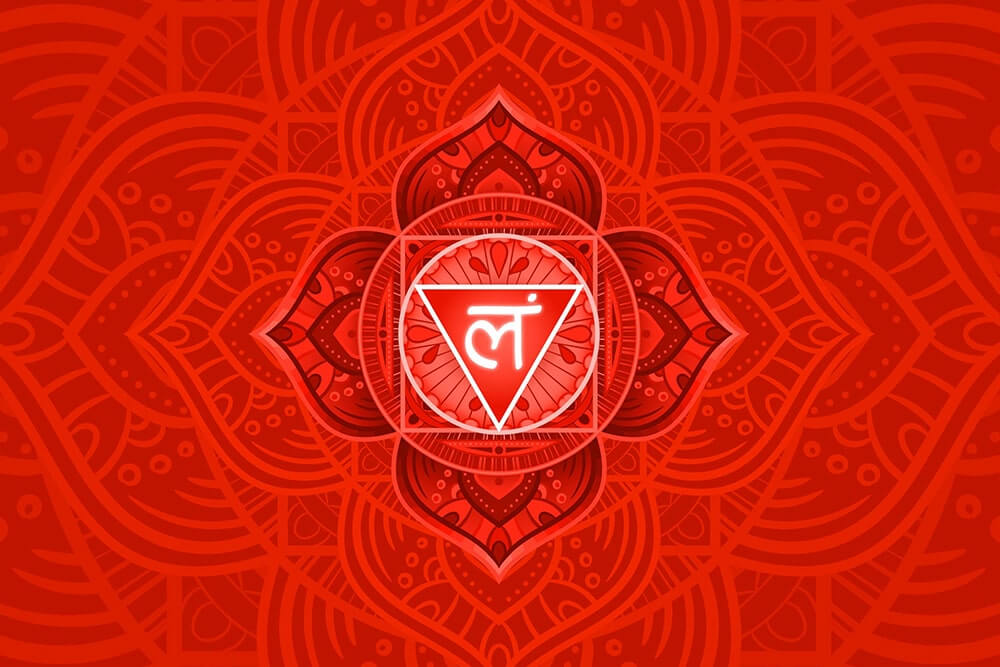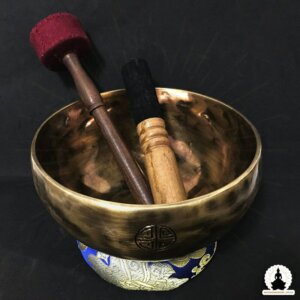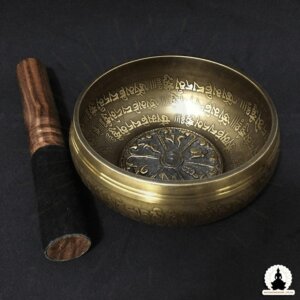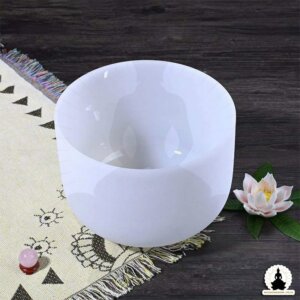Style
The Root Chakra Explained: Symbols, Colours, Stones and Balancing Techniques
In the vast universe of vital energy and spirituality, the concept of the chakras occupies a central place. These energy centres, seven in all, are located along our spine and are essential for maintaining a harmonious balance between our physical body and our spirit. Each chakra has its own vibration, colour and specific functions.
In this article, we’ll focus on the first of these energy centres, the root chakra, or Muladhara in Sanskrit, and explore in depth its importance, symbols, associated colours, stones that can help balance it and techniques for maintaining good health.
The root chakra, located at the base of the spine, is considered to be the foundation of our energy system. Its proper functioning is vital to our overall well-being, as it anchors our energy in the earth and gives us a sense of stability and security. A well-balanced root chakra helps us to feel fully alive, present and connected to our physical environment.
Meaning of the Root Chakra
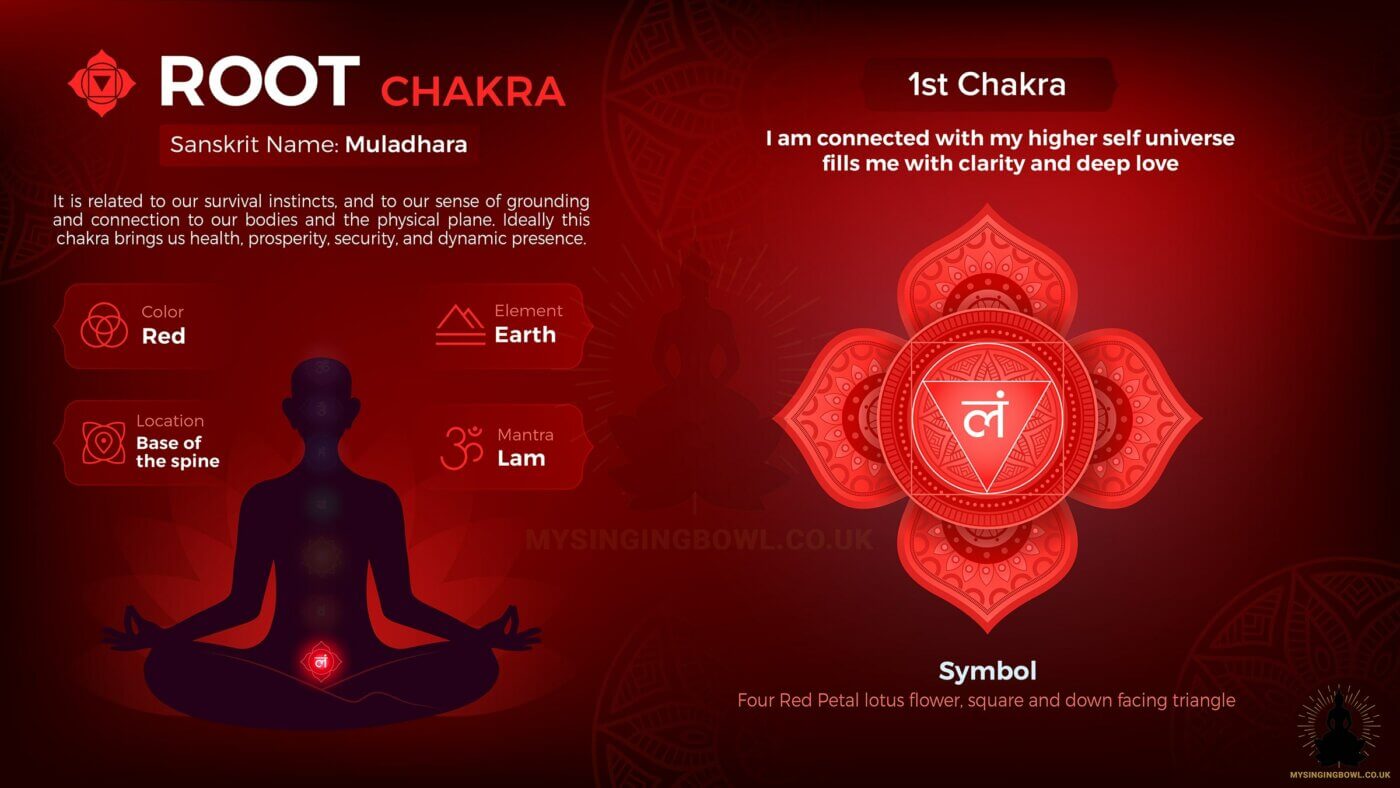
In the yogic tradition, the root chakra, or Muladhara, has a very profound meaning. Muladhara is a Sanskrit word meaning “root” and “support”. It is represented by a lotus with four petals, and is the first of the seven main chakras. It is associated with the colour red, the symbol of life, vitality and strength. It is the most material and densest chakra, and is linked to our survival, our basic needs and our security.
The root chakra is the link between our energy and the earth. It allows us to anchor ourselves and connect to the Earth’s life force. It is the basis of our vital energy, and is essential for our sense of security and stability in the world. When the root chakra is in balance, we feel grounded, confident and in tune with reality. On the other hand, when the root chakra is out of balance, this can result in feelings of insecurity, fear and anxiety.
The importance of a balanced root chakra for our physical and mental well-being cannot be underestimated. A balanced root chakra helps us to feel fully present in our bodies and in the present moment. It gives us the strength and stability we need to face life’s challenges with confidence and serenity. So keeping the root chakra in balance is essential to living a balanced, serene life.
The History and Origin of the Root Chakra
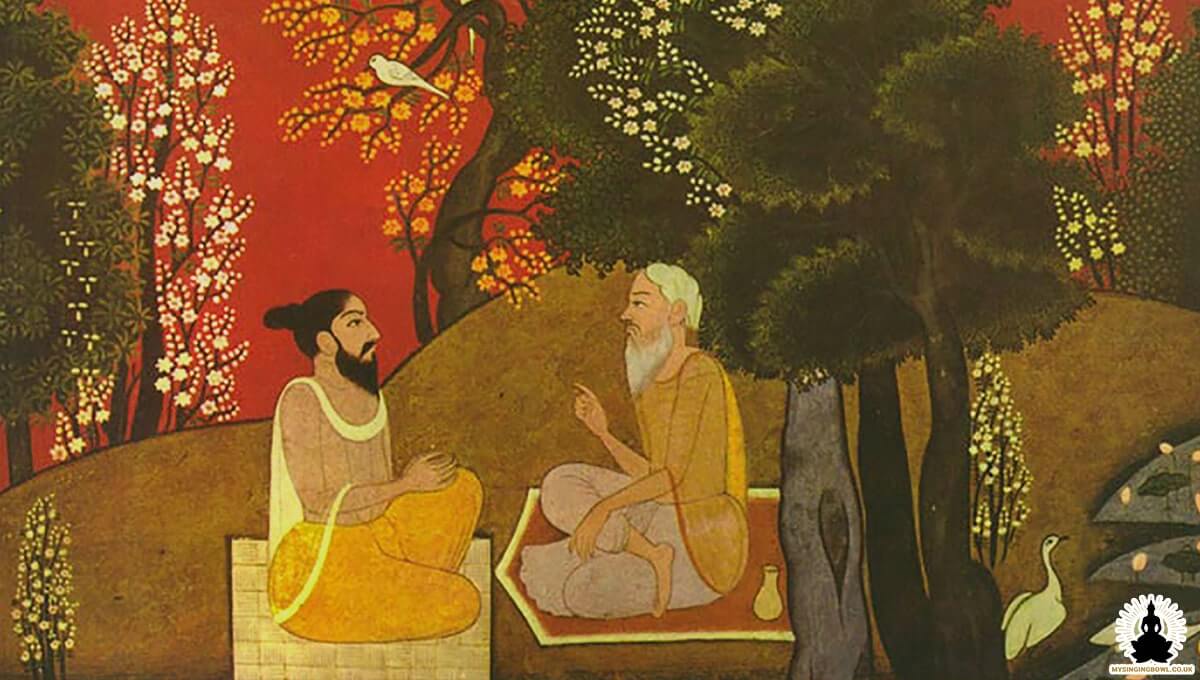
The concept of the chakras has its roots in the ancient spiritual traditions of India. Hindu sacred texts such as the Upanishads, written between the 8th and 2nd centuries BC, refer to the chakras as centres of consciousness in the human body. However, the concept of the chakra as we know it today, with its specific associations with colours, sounds and symbols, has evolved over time and has been influenced by many other spiritual traditions.
The root chakra, or Muladhara, is often mentioned as the first chakra in these ancient texts, reflecting its importance as the foundation of our energy system. The importance and understanding of the root chakra has evolved over time, incorporating ideas not only from Hinduism, but also from Buddhism, Jainism and other spiritual traditions.
The Root Chakra in Various Spiritual Traditions
The importance of the root chakra is not limited to the yogic tradition. In Hinduism, Buddhism, Jainism and other Eastern spiritual traditions, the root chakra plays a crucial role in spiritual development and energy balance.
In Hinduism, the root chakra is associated with the goddess Kundalini, a divine force that resides at the base of the spine. The awakening of this force and its ascent through the seven chakras is one of the objectives of Hindu spiritual practice.
Buddhism also considers the root chakra to be crucial for spiritual realisation. According to Tantric Buddhism, the root chakra is the place where the most subtle and fundamental consciousness resides.
In Reiki, an energy healing tradition originating in Japan, the root chakra is essential for maintaining grounding and energetic balance. It is often the first step in Reiki sessions, where the practitioner focuses on opening and balancing the root chakra before moving on to the other chakras.
The Western tradition and New Age movements have also adopted the concept of the chakras, and the root chakra plays an important role in these traditions. It is often associated with issues of survival, security and grounding, and is seen as essential for maintaining a sense of stability and security in life.
In all these traditions, although interpretations may vary, the fundamental importance of the root chakra remains. It is the chakra that anchors us in physical reality, connects us to the earth and serves as the foundation of our energy system.
Location of the Root Chakra
The root chakra, also known as Muladhara in Sanskrit, is located at the base of the spine, level with the perineum and coccyx. It is the first of the seven main chakras and is closely linked to our physical connection with the Earth and our sense of security and survival. The location of this chakra is essential because it connects us directly to the earth, reinforcing our sense of grounding and belonging.
As the first of the seven chakras, the root chakra serves as the foundation for the energy that rises through the other chakras. Although it is physically located in the body at the base of the spine, its energy extends downwards, like roots, to connect us to the earth. This connection to the ground is essential to our sense of grounding and balance. A strong, healthy root chakra can help us feel more grounded, secure and present in our bodies and in the world around us.
The Divinity Associated with the Root Chakra
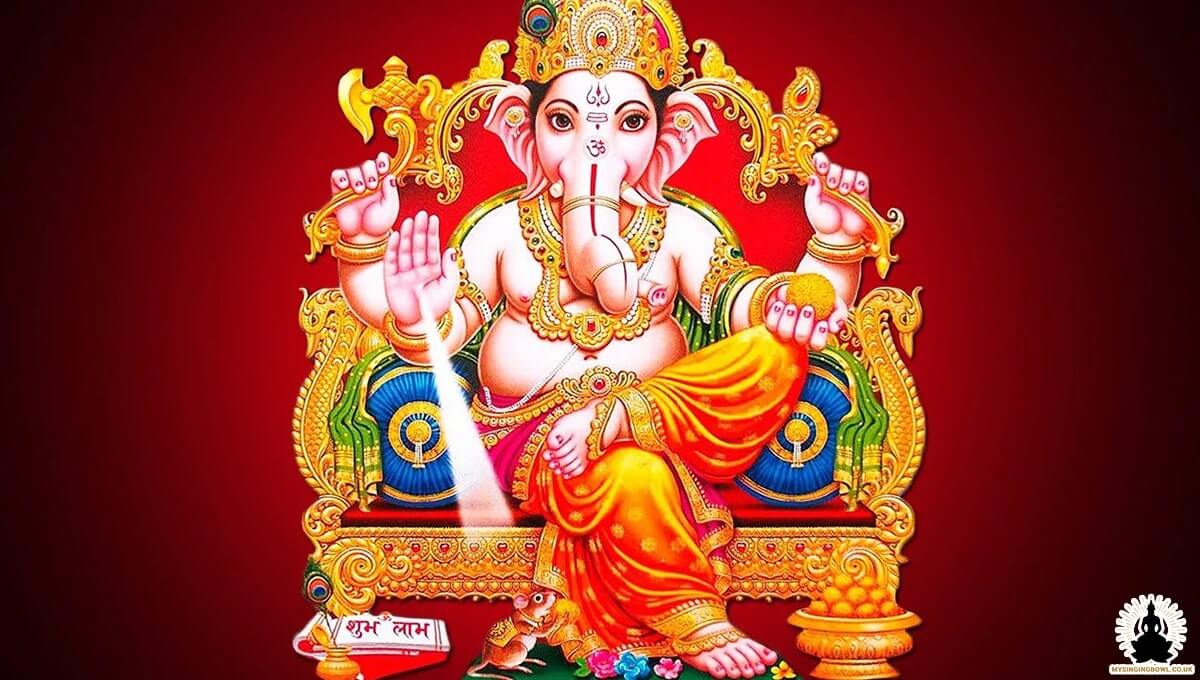
In Hindu tradition, each chakra is associated with a specific deity, and the root chakra is linked to the deity of Ganesh, also known as Ganesha. Ganesh is the god of wisdom, learning, prudence and obstacles. He is often invoked at the start of new projects or journeys, as he is known to remove obstacles and bring success and prosperity.
Ganesh is often represented with the body of a man and the head of an elephant, a sign of his great wisdom. His presence in the root chakra is a reminder of the importance of wisdom, stability and perseverance for our survival and personal growth.
When meditating on the root chakra, it is common to invoke Ganesh and ask for his guidance and protection. This practice can help to strengthen the root chakra and develop a deeper sense of grounding and security.
Symbols of the Root Chakra
The root chakra is usually represented by a four-petalled lotus, symbolising the four directions of space and the four aspects of human consciousness – mind, intellect, conscience and ego. The lotus is a symbol of purity and spirituality in many spiritual traditions, and in the case of the root chakra, it signifies the spiritual awakening that is possible when this chakra is in balance.
As well as the lotus, the root chakra is also often associated with animals. The elephant and the bull are two animals commonly associated with the root chakra. The elephant, a respected and revered animal in many cultures, is a symbol of strength, stability and perseverance. The bull, a symbol of virility and power in many traditions, is also associated with the vital force and raw energy of the root chakra.
Another symbol commonly associated with the root chakra is the square. The square represents the earth and the physical world, which is perfectly in tune with the nature of the root chakra, which is to anchor us to the earth and to physical reality.
Colours associated with the Root Chakra
The colour associated with the root chakra is red. This powerful colour is a symbol of life, vitality, strength and passion. Red is the most physical and vibrant colour in the spectrum, perfectly reflecting the vital, earthy energy of the root chakra.
As the warmest colour of the spectrum, red is often associated with energy, passion and the will to live. In the context of the root chakra, red symbolises the vital energy that anchors us to the earth and gives us the strength to live life to the full.
By balancing the root chakra, the colour red can help to stimulate energy, increase motivation and promote a sense of security and stability. Using the colour red, whether in clothing, interior design or meditation, can therefore be an effective way of balancing and stimulating the root chakra.
Stones for the Root Chakra
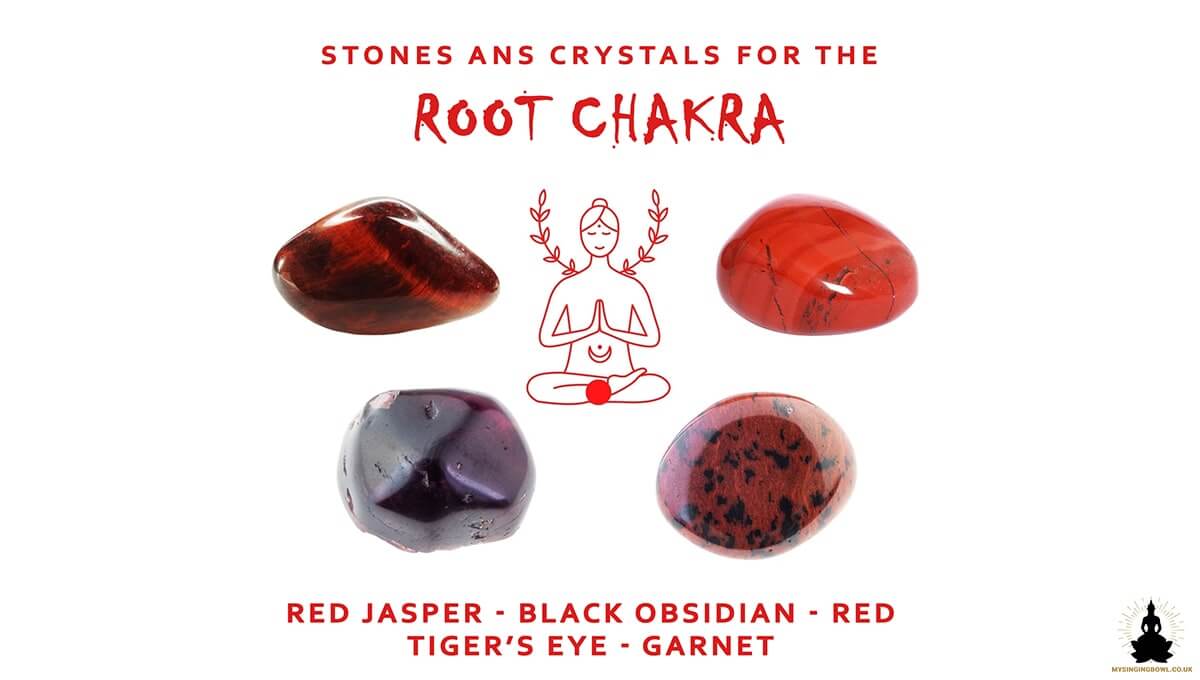
There are many stones and crystals associated with the root chakra that can be used to help balance and heal it. Among the most popular are red jasper, black obsidian (mahogany), red tiger’s eye and garnet.
These stones all have a particular energy that resonates with the root chakra. Red jasper, for example, is a stone that embodies strength, courage and determination. Black obsidian is known for its purifying and protective properties, while black tourmaline is often used for its anchoring power and protection against negative energies.
Using these stones in meditation, wearing them as jewellery, or simply keeping them in your environment can help to balance and strengthen your root chakra. However, it is important to remember that these stones need to be cleaned regularly, especially if they are used for healing work, to release any negative energy they may have absorbed.
Sound and the Root Chakra
Each chakra has a sound or mantra associated with it, and for the root chakra, this sound is “LAM”. Mantras are sacred sounds used in meditation to help concentration and the transformation of consciousness. The sound “LAM” is a mantra that resonates with the energy of the root chakra and can be used to help balance and heal this chakra.
In addition to the “LAM” mantra, music and certain sound frequencies can also have an impact on the root chakra. Music therapy is increasingly recognised for its ability to influence energy balance, and certain frequencies, such as 396 Hz, are specifically associated with the energy of the root chakra.
In the field of sound, the use of Tibetan singing bowls and crystal bowls is also very popular in chakra healing. These instruments produce unique sounds and vibrations that can help balance the body’s energy and stimulate healing. Tibetan bowls, often made from an alloy of seven metals, have been used for thousands of years in meditative and healing practices. Similarly, crystal bowls, made from pure quartz, produce a clear, powerful sound that can aid energetic healing.
Specifically for the root chakra, bowls that produce low-frequency sounds are often recommended. These low-frequency sounds correspond to the energy of the earth and grounding, which are key aspects of the root chakra. Listening to these sounds, or even simply holding a bowl that vibrates at these frequencies, can help to balance and heal the root chakra.
Identifying root chakra imbalances
An imbalanced root chakra can manifest itself in different ways. Emotionally, it can manifest as feelings of insecurity, fear or anxiety, particularly in relation to material matters such as money or housing. Physically, imbalances in the root chakra can lead to fatigue, spinal problems, weight problems and digestive disorders.
It’s also possible for imbalances in the root chakra to manifest themselves in your daily life. You may feel unmoored, unstable or have difficulty concentrating on practical tasks. You may also have a tendency to accumulate unnecessary things, as a sign of fear or insecurity.
Techniques for Balancing the Root Chakra
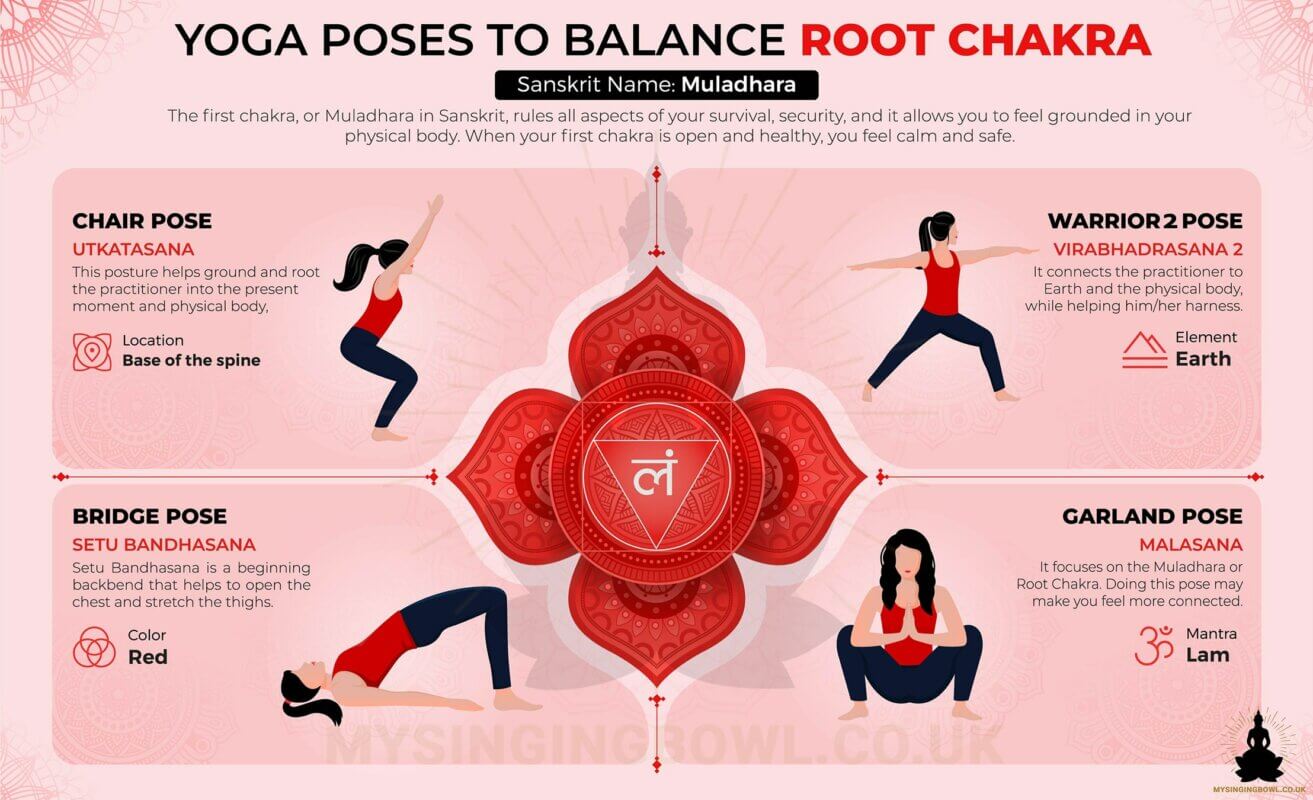
Fortunately, there are many techniques for rebalancing the root chakra. Meditation is one of the most popular and effective. Simple visualisations, such as imagining yourself rooted in the earth or seeing a bright red light at the base of your spine, can be very effective.
Breathing, or pranayama, is another important technique. Breathing exercises such as ‘root breathing’ or ‘earth breathing’ can help to anchor energy and balance the root chakra.
Yoga is another practice that can be very beneficial for the root chakra. Postures such as the chair pose (Utkatasana), the warrior 2 pose (Virabhadrasana 2), the bridge pose (Setu Bandhasana) and the garland pose (Malasana) are particularly useful for strengthening the feeling of anchoring and stability.
Diet can also have an impact on the root chakra. Red foods, such as red apples, tomatoes and beetroot, can help stimulate the root chakra. Similarly, earthy foods, such as roots and tubers, can help strengthen the sense of grounding.
Finally, as we’ve already mentioned, the use of sound can also be a powerful tool for balancing the root chakra. Whether it’s chanting the ‘LAM’ mantra, listening to music at a certain frequency, or using Tibetan singing bowls or crystal bowls, sound can help stimulate the energy of the root chakra and promote balance and healing.
Conclusion
Maintaining a balanced root chakra is essential for our overall well-being. By anchoring us to the earth and helping us to feel secure and stable, a healthy root chakra can greatly improve our quality of life.
We hope this article has helped you understand more about the root chakra and how you can work towards balancing it. We encourage you to try some of the techniques discussed and make chakra healing part of your daily wellness routine.
Remember, the journey of chakra healing and balancing is a personal and unique one for each of us. Take your time, listen to your body and mind, and don’t hesitate to ask for help or advice if you feel the need. Enjoy your journey towards balancing and healing your root chakra!

